João Bento
How can I choose an explainer? An Application-grounded Evaluation of Post-hoc Explanations
Jan 22, 2021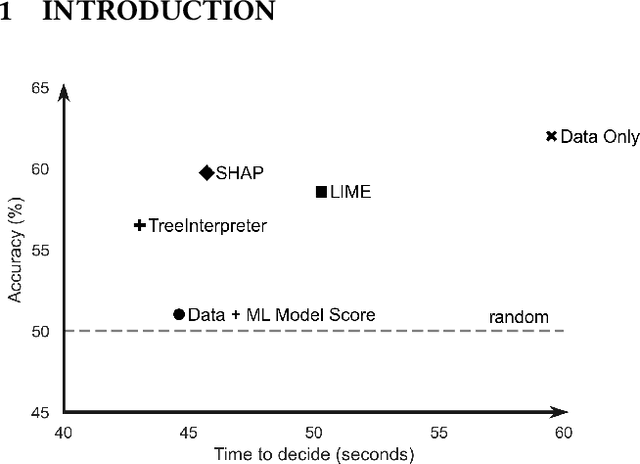

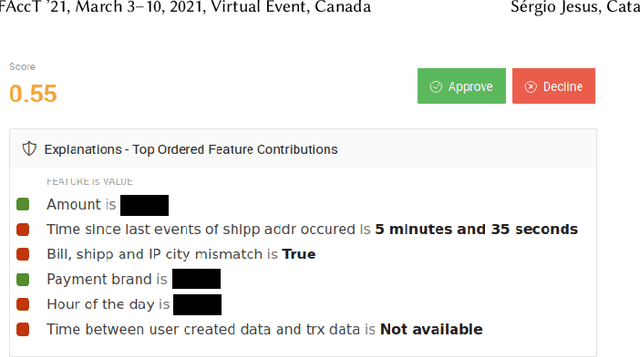

Abstract:There have been several research works proposing new Explainable AI (XAI) methods designed to generate model explanations having specific properties, or desiderata, such as fidelity, robustness, or human-interpretability. However, explanations are seldom evaluated based on their true practical impact on decision-making tasks. Without that assessment, explanations might be chosen that, in fact, hurt the overall performance of the combined system of ML model + end-users. This study aims to bridge this gap by proposing XAI Test, an application-grounded evaluation methodology tailored to isolate the impact of providing the end-user with different levels of information. We conducted an experiment following XAI Test to evaluate three popular post-hoc explanation methods -- LIME, SHAP, and TreeInterpreter -- on a real-world fraud detection task, with real data, a deployed ML model, and fraud analysts. During the experiment, we gradually increased the information provided to the fraud analysts in three stages: Data Only, i.e., just transaction data without access to model score nor explanations, Data + ML Model Score, and Data + ML Model Score + Explanations. Using strong statistical analysis, we show that, in general, these popular explainers have a worse impact than desired. Some of the conclusion highlights include: i) showing Data Only results in the highest decision accuracy and the slowest decision time among all variants tested, ii) all the explainers improve accuracy over the Data + ML Model Score variant but still result in lower accuracy when compared with Data Only; iii) LIME was the least preferred by users, probably due to its substantially lower variability of explanations from case to case.
TimeSHAP: Explaining Recurrent Models through Sequence Perturbations
Nov 30, 2020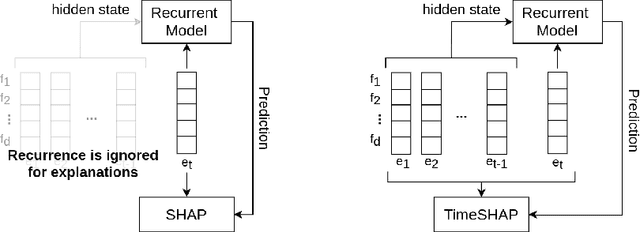

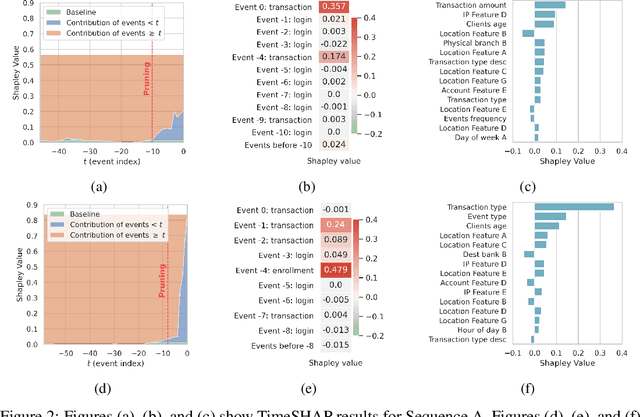
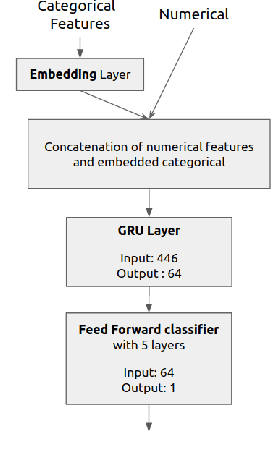
Abstract:Recurrent neural networks are a standard building block in numerous machine learning domains, from natural language processing to time-series classification. While their application has grown ubiquitous, understanding of their inner workings is still lacking. In practice, the complex decision-making in these models is seen as a black-box, creating a tension between accuracy and interpretability. Moreover, the ability to understand the reasoning process of a model is important in order to debug it and, even more so, to build trust in its decisions. Although considerable research effort has been guided towards explaining black-box models in recent years, recurrent models have received relatively little attention. Any method that aims to explain decisions from a sequence of instances should assess, not only feature importance, but also event importance, an ability that is missing from state-of-the-art explainers. In this work, we contribute to filling these gaps by presenting TimeSHAP, a model-agnostic recurrent explainer that leverages KernelSHAP's sound theoretical footing and strong empirical results. As the input sequence may be arbitrarily long, we further propose a pruning method that is shown to dramatically improve its efficiency in practice.
 Add to Chrome
Add to Chrome Add to Firefox
Add to Firefox Add to Edge
Add to Edge